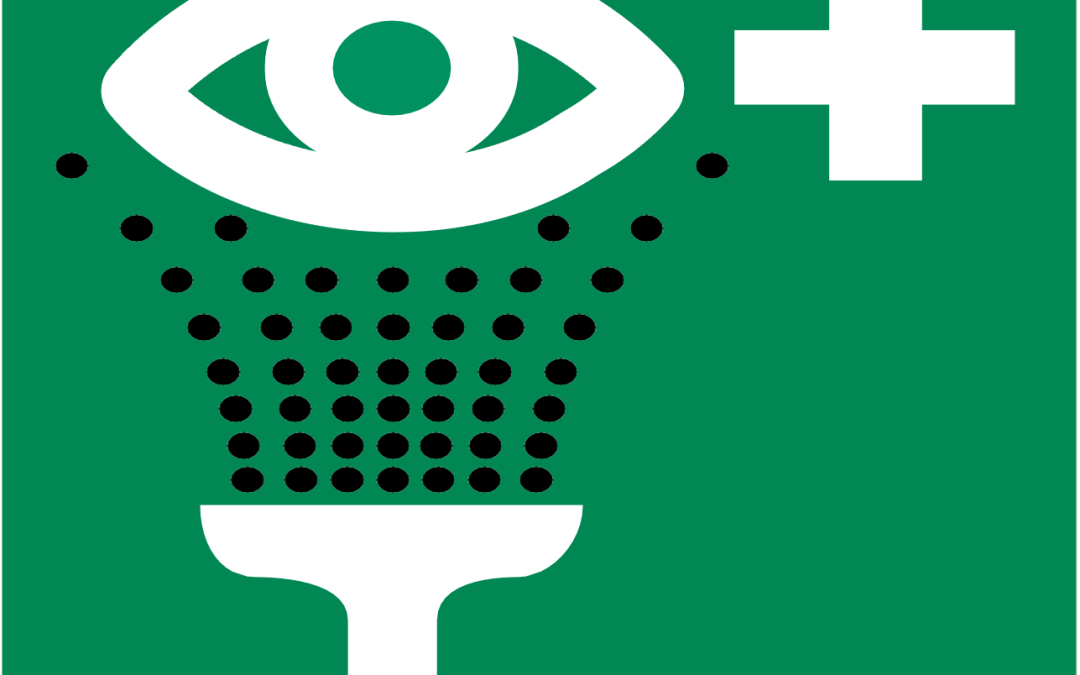
by Dana Chang | Jul 12, 2024 | Environmental, Health, Safety
An NPDES stormwater audit is an inspection conducted to ensure that a facility or site is complying with the terms and conditions of its National Pollutant Discharge Elimination System (NPDES) permit for stormwater discharges. The NPDES program is administered by the...

by Dana Chang | May 17, 2024 | Health, Safety
The goal of ergonomics is to prevent injuries and discomfort that happen at work. Ergonomics is the design of work tasks to best suit the capabilities of workers.Ergonomics can help reduce or eliminate work-related musculoskeletal disorders (WMSDs) and other injuries...

by Lori Weisinger | May 10, 2024 | Spencer-SHE
Lori Purnell, the founder of Spencer-SHE, was recently featured in a podcast with Female Founders. Female Founders, a podcast from WomElle, features successful female founders and tells the story of their journey to success. Lori is grateful to the host of the...

by Dana Chang | May 10, 2024 | Health, Safety
The U.S. workforce has drastically changed over the last few years. While some workers are in-person, others are fully remote, and another subset are doing both—a hybrid workplace where the amount of time working remote and, in the office, can vary from day-to-day and...

by Dana Chang | May 3, 2024 | Health, Safety
Skin cancer is the most common cancer in the United States. It can be serious, expensive and life threatening. Nearly 5 million people are treated for skin cancer each year in the U.S., costing an estimated $8.1 billion. Skin cancer has a serious impact in the...

by Dana Chang | Apr 27, 2024 | Health, Safety
Some chemicals can enter the body through the skin and injure individual organs or groups of organs. Absorbing workplace chemicals through the skin can cause diseases and disorders that include occupational skin diseases. Most efforts to address chemical hazards have...

by Dana Chang | Apr 19, 2024 | Health, Safety
The Occupational Safety and Health Administration has announced its most frequently cited workplace safety standards for the fiscal year 2023. Eric Harbin, OSHA Region 6 administrator, presented the preliminary data for “OSHA’s Top 10” during the 2023 NSC Safety...

by Dana Chang | Apr 12, 2024 | Environmental, Health, Safety
Chemical Safety is achieved by undertaking all activities involving chemicals in such a way as to ensure the safety of human health and the environment. It covers all chemicals, natural and manufactured, and the full range of exposure situations from the natural...

by Dana Chang | Apr 5, 2024 | Environmental, Health, Safety
Around 5,400 facilities will meet the criteria to submit a facility response plan. In order to better protect the environmental impact on rivers, and other bodies of water, on March 21 the EPA finalized rules regarding the discharge of dangerous chemicals. These...

by Dana Chang | Mar 29, 2024 | Health, Safety
The rise of portable eyewash stations marks a significant evolution in safety equipment. Designed for the dynamic and varied environments of modern industries, these portable units are an answer to the limitations of traditional, fixed eyewash stations. They represent...











